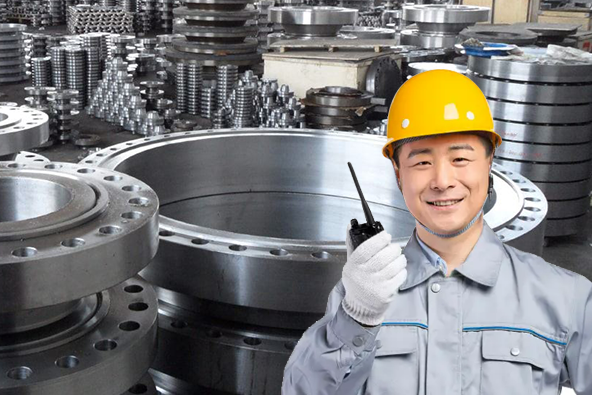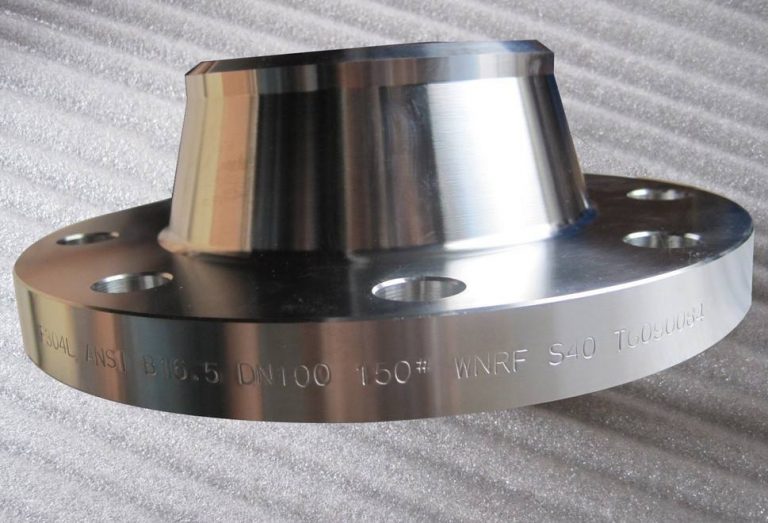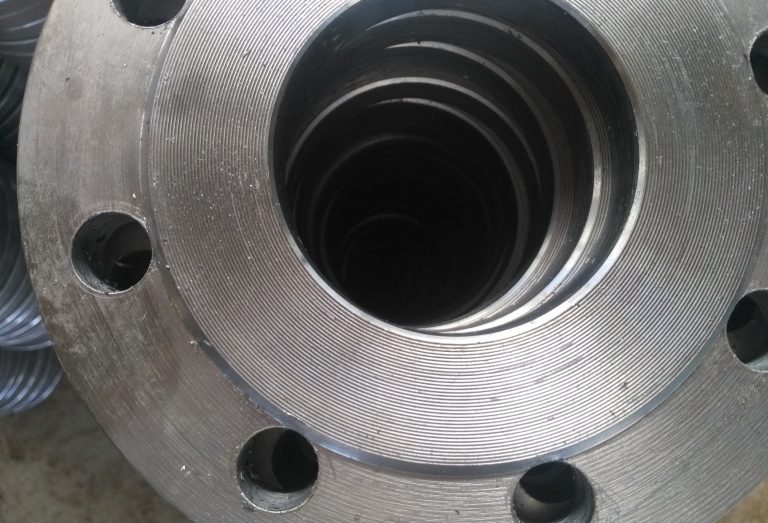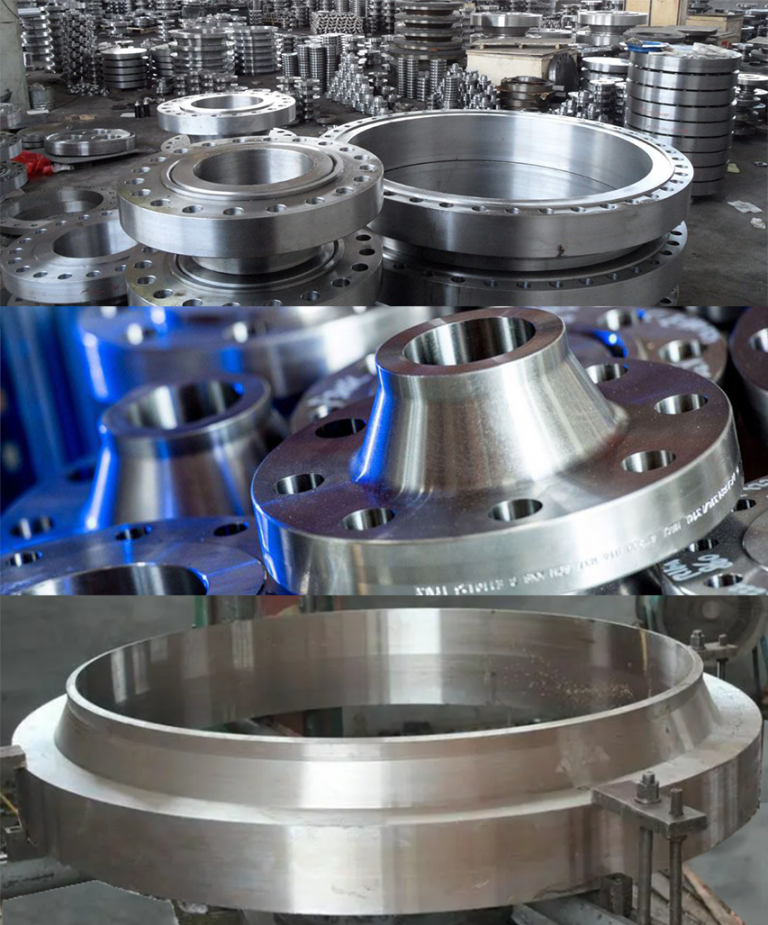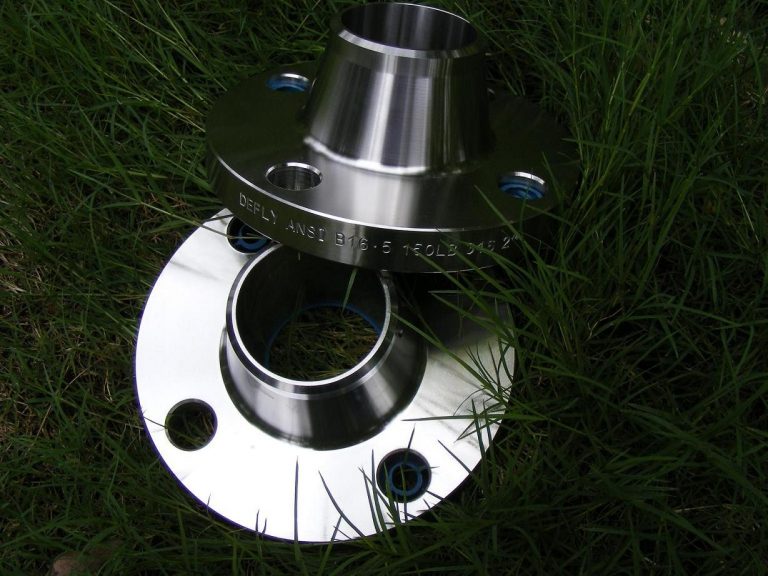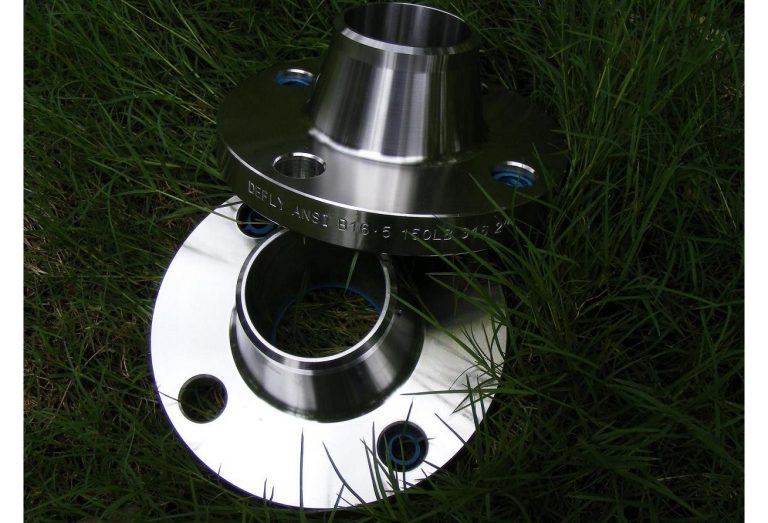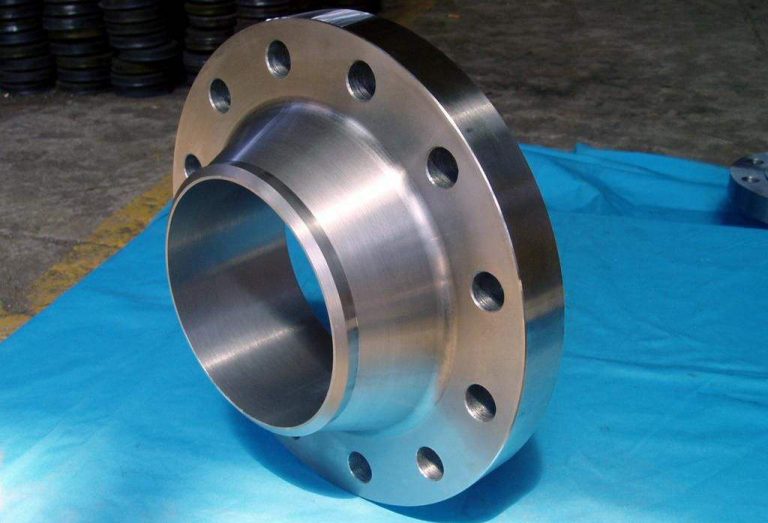Solving a leakage issue at a flange interface typically involves identifying the root cause of the leak and taking appropriate corrective measures. Here’s a step-by-step guide on how to address a flange interface leakage:
- Safety Precautions:
Ensure that safety precautions are in place, such as proper personal protective equipment and equipment isolation if necessary. - Identify the Leak:
Locate the specific area of the flange interface where the leak is occurring. This may involve visual inspection or using a leak detection method, such as applying soapy water or using a leak detection spray. - Determine the Cause:
There are several common causes of flange leakage, and you’ll need to identify the specific reason for the leak. Possible causes include:- Gasket Failure: Check the condition of the gasket, which is designed to create a seal between the flange faces.
- Insufficient Bolt Torque: Ensure that the flange bolts are tightened to the proper torque specifications.
- Flange Face Damage: Inspect the flange faces for any damage, irregularities, or corrosion.
- Misalignment: Verify that the two flange faces are properly aligned.
- Temperature and Pressure: Ensure that the operating conditions (temperature and pressure) are within the design limits of the flange and gasket material.
- Gasket Replacement:
If the gasket is damaged, deteriorated, or improperly seated, replace it with a new gasket of the correct material and size for the application. Ensure that the gasket is properly seated in the flange groove. - Bolt Tightening:
Check the bolt torque and tighten the bolts to the manufacturer’s specifications using a calibrated torque wrench. Tighten the bolts in a crisscross pattern to ensure even pressure on the gasket. - Flange Face Maintenance:
If the flange faces are damaged or have irregularities, they may need to be machined or lapped to achieve a smooth and flat surface. Make sure the flange faces are clean and free of debris. - Alignment:
If misalignment is the issue, realign the flanges correctly to ensure proper sealing. - Check for Other Contributing Factors:
Review the operating conditions, fluid characteristics, and system setup to ensure that there are no other contributing factors to the leakage issue. Address any issues accordingly. - Reassembly:
Reassemble the flange components, ensuring that everything is properly aligned, and the gasket is correctly seated. - Pressure Test:
Conduct a pressure test to confirm that the leak has been successfully resolved. Gradually increase the pressure to the system’s operating level while monitoring for any leaks. - Record Keeping:
Maintain a record of the maintenance and corrective actions taken to address the leakage issue for future reference. - Preventative Maintenance:
Consider implementing a regular maintenance schedule to inspect and maintain flange interfaces to prevent future leakage problems.
If you are unsure about the cause of the flange interface leakage or if it is a critical application, it’s advisable to consult with a qualified engineer or technician with expertise in flange connections and sealing to ensure a safe and effective resolution.
Lewis Liu
Hello, I am Lewis Liu, a professional sales engineer with over ten years of experience in the flange fittings industry. I am highly knowledgeable in flange selection, installation, and maintenance. I am passionate about providing customers with the best solutions to ensure their pipeline systems run smoothly, safely, and reliably.
If you have any questions or concerns regarding flange fittings for your pipelines, whether it’s about selection, material choice, specification requirements, or any other aspect, please feel free to contact me at any time. I am committed to offering professional advice and assistance to help you make informed decisions and meet your needs.
